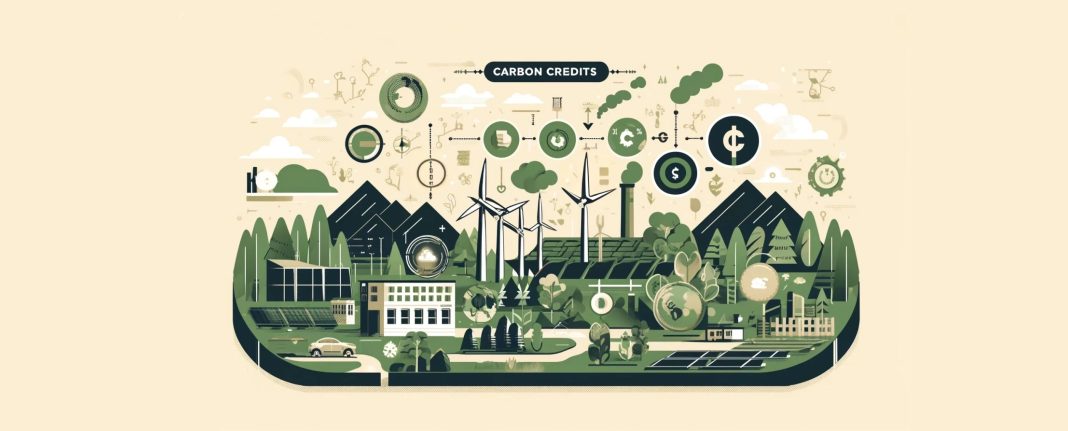 Australia’s first blue carbon farm is set to be established on the Sunshine Coast in Queensland. The project aims to create a sprawling mangrove ecosystem on the lower Maroochy River floodplain at Yandina, with the goal of restoring the river’s ecosystem and generating saleable carbon credits. Blue carbon refers to the carbon captured by coastal and marine organisms and stored in coastal ecosystems.
Australia’s first blue carbon farm is set to be established on the Sunshine Coast in Queensland. The project aims to create a sprawling mangrove ecosystem on the lower Maroochy River floodplain at Yandina, with the goal of restoring the river’s ecosystem and generating saleable carbon credits. Blue carbon refers to the carbon captured by coastal and marine organisms and stored in coastal ecosystems.
The Sunshine Coast Council, in partnership with Unitywater, is leading the project and aims to achieve carbon neutrality by 2041. The council plans to introduce tidal waters into two council-owned sites totaling 165 hectares to support the growth of seagrasses, tidal marshes, and mangroves. By generating carbon credits locally, the council expects to see positive impacts such as a healthier Maroochy River, increased biodiversity, protected flood storage, and tourism opportunities.
Sunshine Coast Council Mayor Rosanna Natoli believes that this project puts the region at the forefront of an emerging industry. She emphasizes the benefits of generating carbon credits locally, which include a healthier ecosystem, opportunities for traditional custodians to care for the land, and more tourism opportunities. The project’s success will also provide valuable knowledge that can be shared with landholders interested in using their properties for blue carbon farming.
Member for Nicklin Rob Skelton supports the project, recognizing its potential to generate income, protect habitats and threatened species, and enhance water quality. The Australian government’s Department of Climate Change, Energy, Environment, and Water has provided over $2 million in funding for the project, with an additional $360,000 contribution from the Queensland Government’s Land Restoration Fund.
Anna Jackson, the CEO of Unitywater, expresses her satisfaction with the outcomes of the works at Yandina Creek Wetland. By restoring the wetland environment through careful water management, vital plants and micro-organisms have been reintroduced, resulting in the removal of significant amounts of nitrogen and phosphorous from waterways. This natural process not only benefits the environment but also saves the community millions of dollars over a 25-year period.
While blue carbon farming holds promise, Catherine Lovelock from the School of Biological Sciences at the University of Queensland highlights the challenges it faces. She suggests that selling sequestered carbon can be a solution to the high costs of restoring fish habitats. However, Lovelock emphasizes the need for high levels of integrity in carbon markets to prevent the trading of fraudulent carbon credits. Proper regulation and adherence to criteria are essential to ensure the credibility and effectiveness of carbon farming methods.
Coastal habitats, such as seagrasses, mangroves, and salt marshes, play a crucial role in storing carbon. These habitats can hold 50 to 100 times more carbon in their soils and remove 10 to 30 times more CO2 from the atmosphere compared to vegetation habitats. If left undisturbed, the carbon can be stored for thousands of years. Therefore, preserving and restoring coastal ecosystems is vital in the fight against climate change.
In conclusion, the establishment of Australia’s first blue carbon farm on the Sunshine Coast demonstrates the region’s commitment to environmental stewardship and sustainability. Through the restoration of the Maroochy River’s ecosystem, the project aims to generate carbon credits, protect habitats, enhance water quality, and create economic opportunities for landholders. However, ensuring the credibility of carbon markets and the integrity of carbon farming methods is crucial for the long-term success of blue carbon initiatives. By preserving and restoring coastal habitats, we can harness their immense carbon storage capabilities and contribute to mitigating the effects of climate change.


